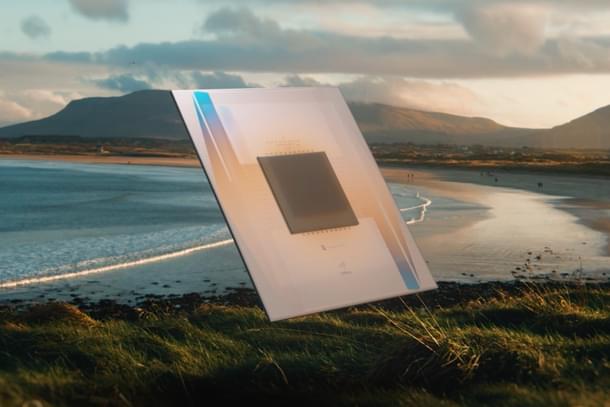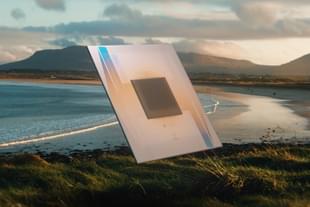News Brief
Google Unveils Quantum Chip 'Willow' That Vastly Outperforms World's Fastest Supercomputers
Kuldeep Negi
Dec 11, 2024, 12:30 PM | Updated Dec 13, 2024, 05:56 PM IST
Save & read from anywhere!
Bookmark stories for easy access on any device or the Swarajya app.


In a major achievement, US tech giant Google has unveiled its latest state-of-the-art quantum chip "Willow".
The Willow can perform a standard benchmark computation in under five minutes that would take one of today’s fastest supercomputers 10 septillion (that is, 1025) years — a number that vastly exceeds the age of the Universe, the company said in a statement.
A recent study published in the journal Nature has detailed the major achievement by Google's Quantum AI team.
This achievement marks significant progress in overcoming one of the greatest challenges in quantum computing — minimising errors as the systems scale.
Quantum computers face a persistent challenge of high error rates, with one in 1,000 qubits failing during calculations.
A qubit is the basic unit of information in quantum computing
By contrast, classical computers encounter errors only in one out of a billion billion bits, underscoring the importance of error-correction strategies for the advancement of quantum technology.
Housing 105 physical qubits, the Willow processor uses advanced error-correction methods that minimise inaccuracies as more qubits scale, achieving a breakthrough first envisioned by computer scientist Peter Shor in 1995.
Google Quantum AI's Julian Kelly, director of quantum hardware, said that the team's primary aim is to reach a state where fewer errors occur than the system can correct.
Willow's design integrates physical qubits into "logical qubits," ensuring computations can continue despite failures in individual qubits.
Through advancements in machine learning, device fabrication, and calibration techniques, the team reported achieving coherence times of up to 100 microseconds, a fivefold improvement over the previous Sycamore processor, according to the study.
The team's short-term objective is to create a logical qubit with an error rate of one in a million, requiring 1,457 physical qubits.
Following this milestone, the focus will move to linking multiple logical qubits to solve real-world problems.
While the Willow processor has demonstrated exponential error reduction, scientists aim to move beyond benchmarks and focus on practical computations that extend the capabilities of quantum machines.
Kuldeep is Senior Editor (Newsroom) at Swarajya. He tweets at @kaydnegi.





